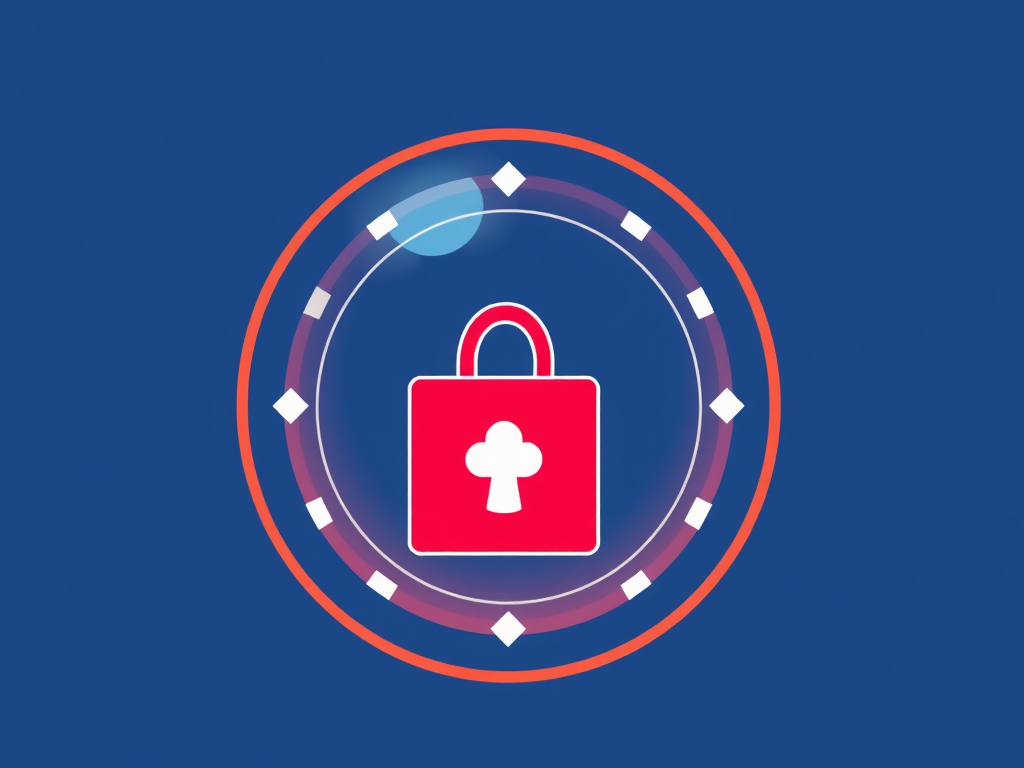Understanding maritime signalisation buoys in Malaysia is essential for safe and efficient sea travel. These buoys guide vessels through complex waterways, mark hazards, and communicate vital regulatory information. Exploring their types, regulations, and local suppliers reveals how Malaysia ensures maritime safety and compliance, supporting both commercial and recreational activities along its coasts.
Essential Information on Maritime Signalisation Buoys in Malaysia
It’s essential to recognize that the maritime signalisation buoy project in Malaysia is a foundational pillar in ensuring safe maritime operations and clear route identification across Malaysian waters. Maritime signalisation buoys, commonly known as maritime navigation aids, perform several essential roles: they identify hazards like submerged rocks and wrecks, designate safe passages, and mark the edges of shipping lanes. Their clear visibility and standardized designs limit misinterpretation, shrinking the risk of maritime accidents for both local vessels and international traffic.
Also to see : Unlocking the future of oil pipeline solutions and services
Malaysian authorities strictly regulate these maritime safety equipment installations under robust compliance standards set by bodies like the Marine Department of Malaysia. Requirements span from buoy deployment to periodic maintenance schedules—all designed to ensure continuous operability and international alignment. Reference to SOLAS (Safety of Life at Sea) conventions and IALA (International Association of Marine Aids to Navigation and Lighthouse Authorities) guidelines is mandatory for all registered buoys.
Buoys found in Malaysian coastal navigation markers include lateral, cardinal, and special-purpose types. Shapes and color coding carry precise meanings: for example, red and green lateral buoys outline port and starboard channel boundaries, while yellow special buoys signal regulated or protected zones. Vertical stripes, topmarks, and lighting patterns provide further navigation cues and support clear comprehension during both day and night, regardless of weather. Specialized smart buoys now incorporate real-time sensors, enabling dynamic monitoring of weather and vessel activity, which has modernized marine risk management and environmental protection in Malaysia.
This might interest you : What strategies can UK businesses implement for effective talent retention?
Technological Advances and Key Functions of Connected Buoys
Integration of Sensors, Communication, and Data Collection in Modern Buoys
Electronic navigation beacons in Malaysia now integrate advanced sensor systems, wireless communication, and robust data collection. Connected buoys Malaysia are engineered with instruments that monitor weather conditions, water levels, and vessel presence. The deployment of buoy lighting and signaling systems enhances visibility in diverse marine environments. This improved integration supports collection of critical measurements and prompt relaying of data to shore-based control centers via AIS (Automatic Identification System) buoys. Through such technologies, navigation risks are minimized and maritime traffic is managed more efficiently.
Real-time Weather, Safety Monitoring, and Vessel Detection for Risk Management
Maritime hazard warning buoys and connected buoys Malaysia play a significant role in delivering real-time alerts. With access to current weather readings and vessel location information using buoy signal patterns and meanings, these systems boost situational awareness for mariners and port authorities. AIS (Automatic Identification System) buoys transmit vessel movement data, helping prevent collisions and support efficient routing. Enhanced buoy lighting and signaling systems further reduce the likelihood of dangerous incidents.
Maintenance, Support, and Lifecycle Services for Maritime Buoys in Malaysia
Marine buoy maintenance services are vital for reliable function and longevity. Responsive support structures for the regular upkeep of electronic navigation beacons and connected buoys Malaysia ensure continuous service. Scheduled inspections, prompt repairs, and the deployment of remote monitoring of navigation buoys help address developing faults early, optimizing the overall safety and performance of Malaysia’s maritime navigation network.
Local Sourcing, Installation, and Environmental Considerations
Directories of Suppliers, Manufacturers, and Distributors for Maritime Signalisation Buoys in Malaysia
The buoy manufacturing industry Malaysia features both long-standing suppliers and new innovators providing a wide array of marine buoy maintenance services. These organizations ensure that reliable equipment—such as offshore platform marking buoys and port and harbor navigation aids—meets regional needs. Consolidated lists of approved distributors are maintained by maritime authorities, ensuring that only certified providers supply components and perform buoy installation Malaysia.
Installation Procedures, Regulatory Approvals, and Maintenance Best Practices
Effective buoy deployment begins with strict compliance with buoy installation regulations Malaysia. Before any work, documentation must be submitted for government review, confirming that each offshore platform marking buoy or navigation aid adheres to regional and international standards. After installation, rigorous weatherproofing and safety evaluations are critical. Scheduled inspections help maintain the lifespan of port and harbor navigation aids, and planned replacements minimize downtime. Robust marine buoy maintenance services support this entire cycle.
Environmental Impact, Material Selection, and Sustainability Practices in Malaysian Buoy Projects
Every material chosen for an offshore platform marking buoy is scrutinized for environmental impact of buoys. Many teams now embrace recyclable composites and buoy lifespan and replacement planning that reduce ecological disruption. Maintenance intervals are set so that servicing operations do not disturb local marine habitats unnecessarily, reflecting a broader commitment to sustainability in the buoy manufacturing industry Malaysia.







